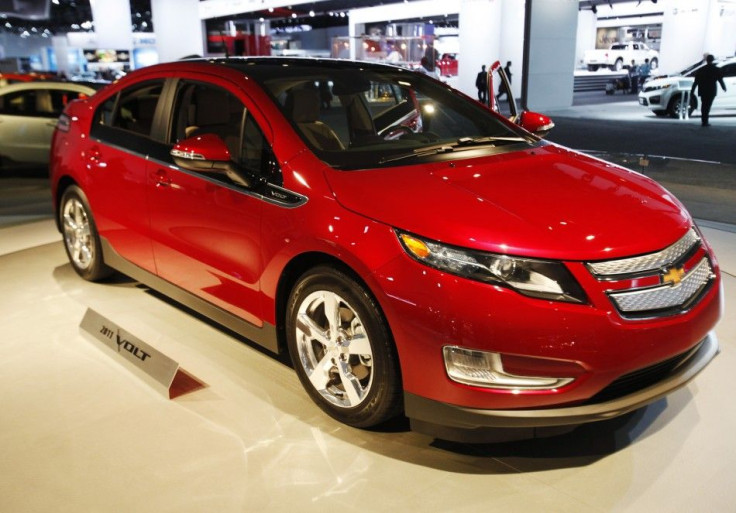Will Your 54.5 MPG Car in 2025 Be Electric or Gasoline?

The wall-to-wall coverage of the nation's debt deal crisis gave Americans the impression that nothing else was going on in the nation, from a policy standpoint, but in fact there was: fuel efficiency in the United States will rise substantially under an agreement reached by the U.S. Government, auto manufacturers, and the state of California.
The new efficiency standard will cover cars and light trucks for model years 2017-2025, and require a performance equal to 54.5 miles per gallon (mpg) in 2025. The standard will reduce greenhouse gas emission to 163 grams per mile, and it also betters the previous requirement of 35.5 mpg by 2016.
"This agreement on fuel standards represents the single most important step we've ever taken as a nation to reduce our dependence on foreign oil," said President Barack Obama in a statement. "We've set an aggressive target and the companies are stepping up to the plate."
The new standard will reduce U.S. oil consumption by 2.2 million barrels per day (bpd) by 2025. The United States currently imports 9.1 million bpd of oil.
The new requirement will also save $1.7 trillion in fuel costs and result in an average savings of $8,000 per vehicle.
Auto/Energy Analysis: The agreement is encouraging because it reflects the continued constructive tone between automakers and the federal government. Increased fuel efficiency makes sense from environmental, corporate, and consumer budget standpoints. Cars and trucks will spew fewer emissions, auto manufacturers that position themselves strategically will capture market share in what's likely to be an expanding market, and U.S. consumers will reap the reward in lower gasoline bills via substantially fewer gallons of gasoline purchased.
More broadly, the improved mileage requirements occur at a time of evaluation and possible transition for the auto industry.
The sector is still trying to determine if the electric car is the next innovative wave -- i.e. that it can finally supplant the internal combustion engine, or if the internal combustion engine has another generation left in it.
Electric and hybrid vehicles like the Chevrolet Volt and Nissan Leaf, have captured modest market share, but until the cars are capable of traveling at least 150 miles on a single charge, they'll only capture a modest portion of the market. (Barring, of course, the appearance of $5 per gallon regular unleaded gasoline.)
Meanwhile, the internal combustion engine looks like it has one more generation in it: Smaller engines, improved fuel injection, variable valve timing, and turbo chargers will continue to increase gasoline/diesel mpg rates. And lighter materials, improved transmissions, and enhanced aerodynamics also are likely to support internal combustion-based and alternate fuel-based vehicle mileage.
In sum, the transition to the electric car, barring a breakthrough battery technology or another lurch in oil prices, will remain a slow one -- too slow, when one considers this statistic: one out of every 10 barrels of oil in the world is used to make gasoline for the U.S. market.
© Copyright IBTimes 2024. All rights reserved.





















